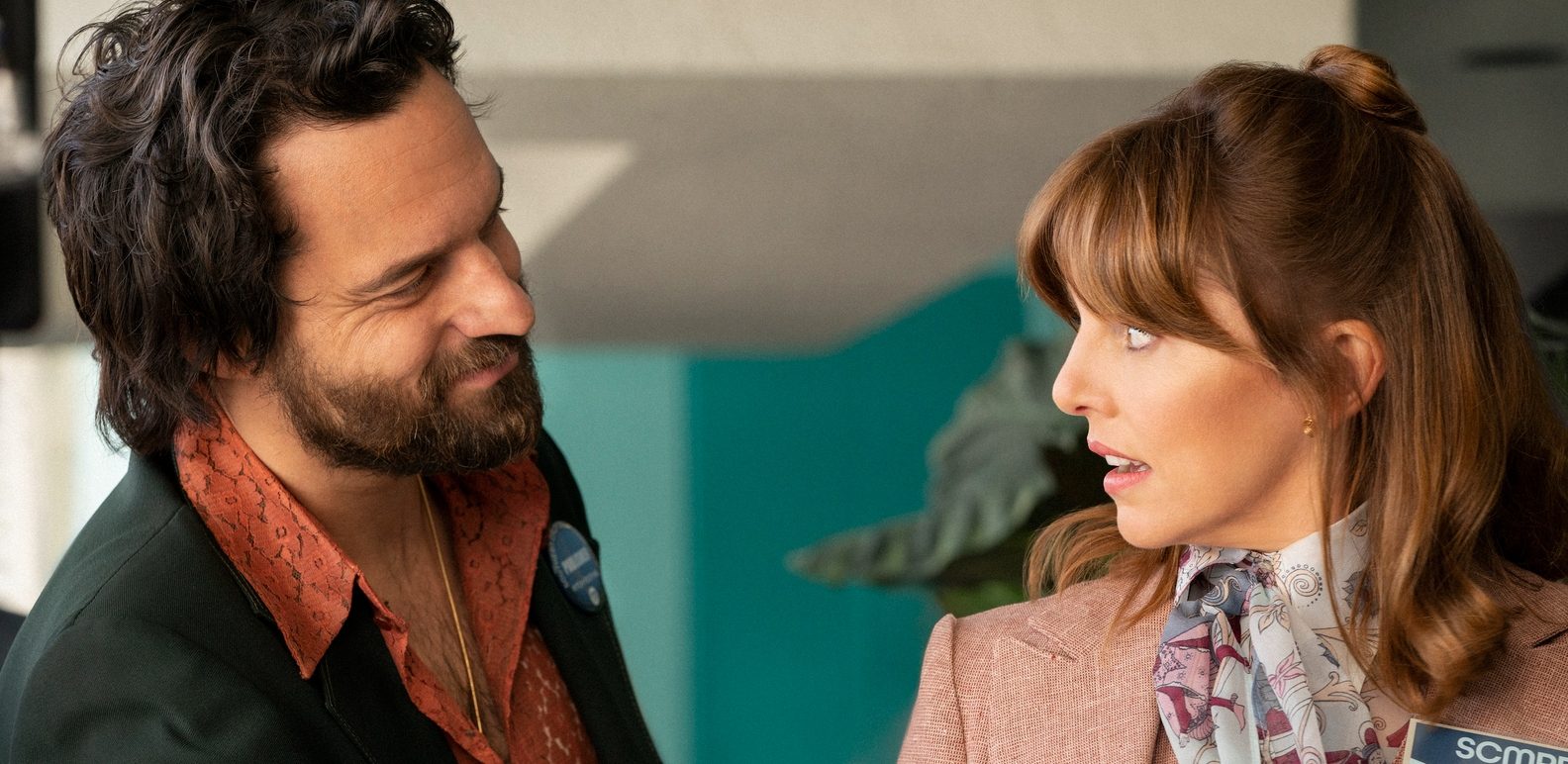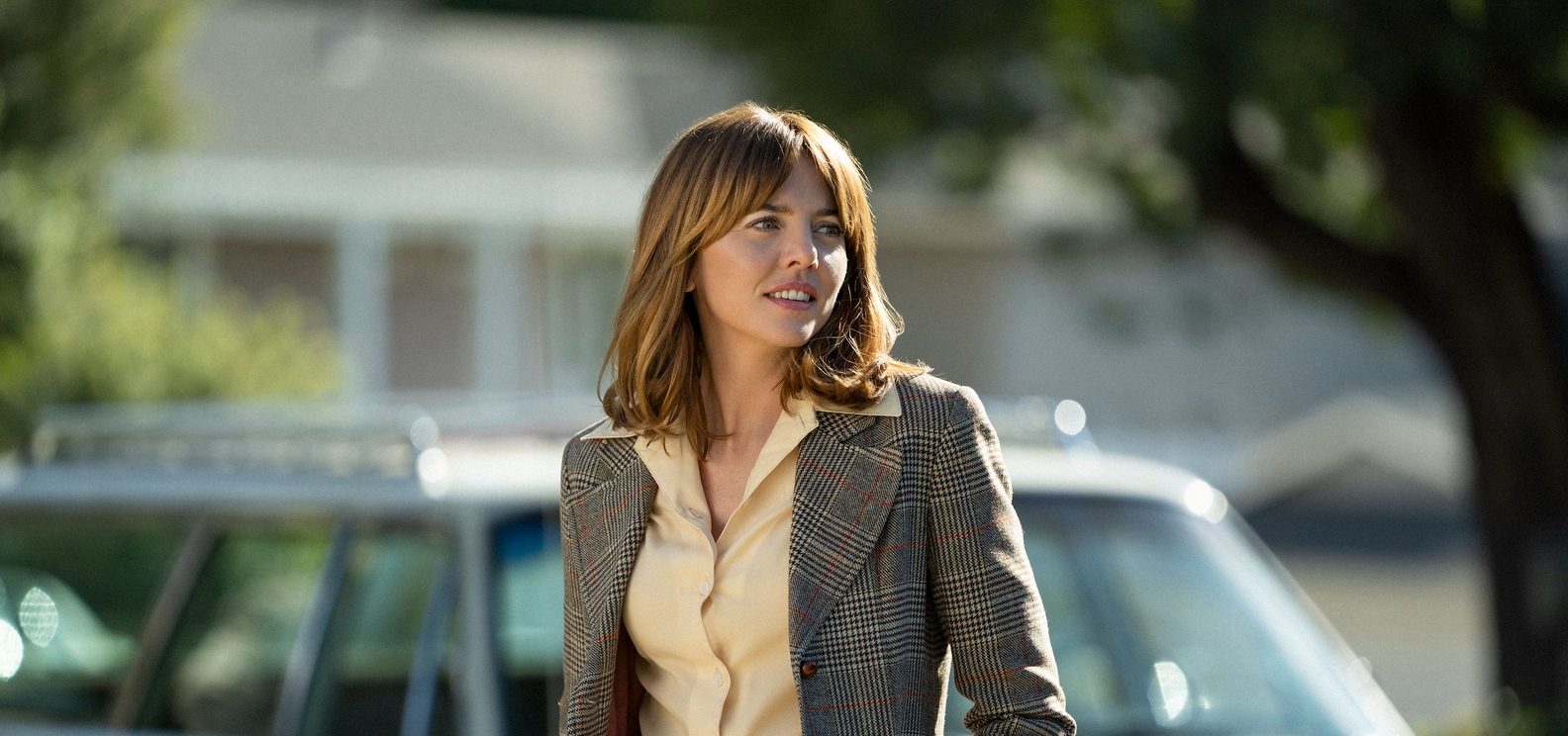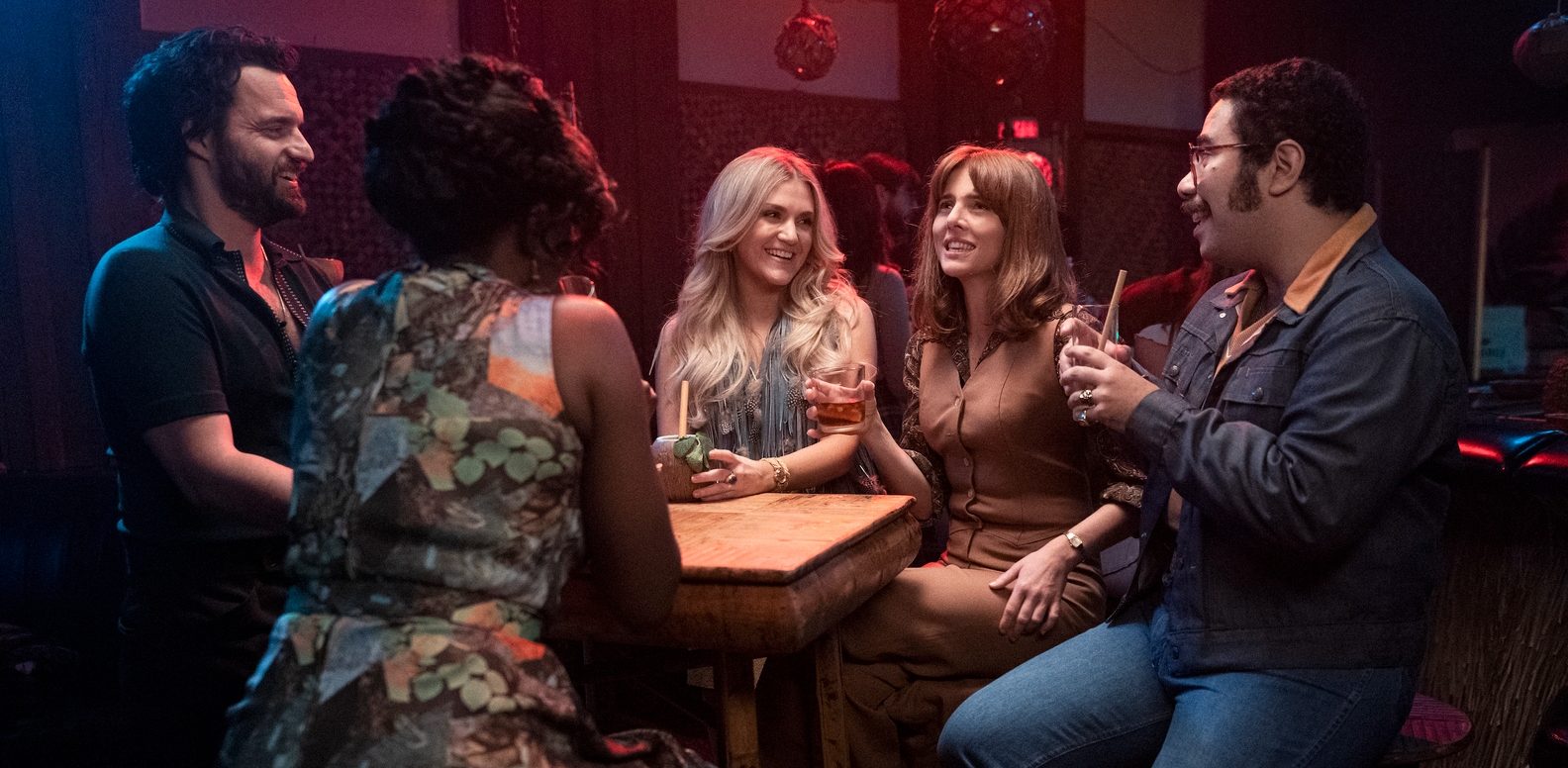Created by Ellen Rapoport, HBO Max’s comedy series ‘Minx’ centers around Joyce, who teams up with pornography publisher Doug Renetti to launch the namesake erotic magazine for women. The series progresses through the challenges Joyce faces to release the magazine while discovering the nuances of sexuality and womanhood herself.
Set in the 1970s, the engrossing show opens a gateway to the cultural space of Los Angeles of the time. Since the period series offers a realistic depiction of Joyce and Doug’s incredible tale to establish their magazine, one must be wondering whether the narrative has real-life connections. Let’s find out!
Is Minx a True Story?
No, ‘Minx’ is not based on a true story. Joyce and Doug’s fictional tale is conceived by creator Ellen Rapoport for the show. However, Rapoport was heavily inspired by the porn magazines for women of the 1970s to form the narrative of the series. “I read something about one of these magazines and it struck me immediately: these magazines in the 1970s were feminist magazines, which I’d had no idea about. It was a workplace that was populated by feminists and pornographers. If you’re a TV writer and read that and don’t immediately think ‘workplace comedy,’ they take away your WGA card,” Rapoport said to THR.

Rapoport researched several erotic magazines of the ‘70s to create the world of ‘Minx,’ especially ‘Playgirl’ and ‘Viva.’ Both magazines started their publication in the ‘70s and played significant roles in attracting women readers to pornography and eroticism. Even though ‘Minx’ doesn’t depict the history of either of these magazines, their importance in shaping the cultural sphere of the 1970s is acknowledged by Rapoport through her show.
If parallels are to be drawn, Doug Renetti does remind us of Bob Guccione, who founded adult magazine ‘Penthouse’ and later ‘Viva’ for women. Like Doug gives space for Joyce to express her feminist vision, Guccione’s ‘Viva’ was the home of several women contributors. Along with pornography, the magazine gave space for contributors like Gail Sheehy, Maxine Hong Kingston, and Sheila Weller to excel. The renowned journalist Anna Wintour was the fashion editor of the magazine for a while. The writers who contributed for ‘Viva’ range from Simone de Beauvoir to Anaïs Nin.
‘Viva’ resembles what Joyce and Doug envision to create through Minx in the show. The magazine heavily attracted women since it put forth views on several issues concerning them, including feminist movements and open marriages, along with fueling female desire with pornography. Even though the influence of ‘Viva,’ ‘Playgirl,’ and other erotic magazines of the time on ‘Minx’ is evident, the show doesn’t limit its focus on ’70s’ pornography for women.
Through Joyce’s character, Rapoport depicts how second-wave feminism influenced women of the time to discover their true self and sexual desires. Like Joyce discovers the fascinating realm of sexuality and sexual independence, numerous women discovered the same in the ‘70s to overcome the taboos as part of the feminist movements of the time. Joyce’s realization that she can attain sexual satisfaction without a man is a nod to the liberating notions of the ‘70s.

Along with the progress women witnessed in the 1970s, ‘Minx’ also addresses the presence of the era’s misogynistic men. According to Rapoport, the time witnessed a group of people’s attempts to become progressive while another group tried to hold them back to the burdens of misogyny and patriarchy. Like Joyce and ‘Minx’ does in the show, ‘Viva’ and other magazines did make progression possible for women. These magazines offered a stage for women to celebrate their desires and voices without the limitations of misogynistic notions of the time.
Through the fictionality of ‘Minx,’ Ellen Rapoport pays homage to the feminist sphere of the 1970s while especially acknowledging the significance of the era’s erotic magazines for women. Even with its fictitious narrative and characters, the show succeeds impeccably in depicting the essence of the reality of the ‘70s.
Read More: Is Doug Renetti Based on a Real Publisher? Is Bottom Dollar Publications Real?


You must be logged in to post a comment.